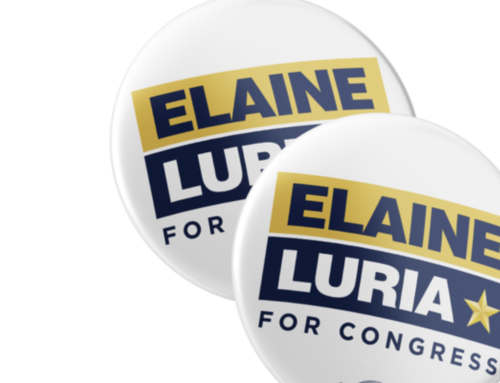By Peter D. Zimmerman
If nobody tries to sabotage it, the United States Postal Service has ample capacity to handle the 2020 election’s cascade of mail in ballots. If it collapses, it will be because one man, Donald J. Trump, his cronies, and Louis DeJoy, his new postmaster general, want it to fail. Fortunately, it appears that neither the American people nor the House of Representatives are in the mood to tolerate deliberate service delays. After a weeks long battle, it appears the USPS is more or less safe until the election.
I like election days. I enjoy the festivity and the formality of our civic ceremony. The right to vote is fundamental to all the other rights we have. But in the plague year of 2020, Election Day is changing, surely for this election; likely for many years. I don’t want to stand in line, potentially for hours, with people some of whom will not be masked and a small number shedding the coronavirus. At my age, Covid-19 could be a death sentence. I will vote by mail even though the U.S. Postal Service is warning me that they are going to be swamped by election-related mail. To quote Vice President Biden, that’s “baloney.”
Making quantitative estimates has been part of my job as a physicist for decades, so I decided to compute just how badly the postal system will be hit by election-related mail. First, ignore the advertisements from the parties and candidates themselves. Most are sent bulk rate, and personally addressed to “occupant.” They are always sent out. But what is the additional burden of delivering time sensitive absentee ballots to voters and then getting them returned? It’s not hard to make a worst-case estimate; all the numbers are easy to find on the Internet. This calculation is simplified, not broken down by urban vs rural areas, rich or poor, red or blue. It’s still a good guide.
There are 128.8 million households in the country, and each day the Postal Service delivers 472 million pieces of mail. That’s 3.7 pieces, (first class, bulk rate, magazines and whatever), per household six days a week.
In 2016 there were, in round numbers, 160 million registered voters, the largest number ever recorded. There are likely to be more in 2020 due to population growth and increased interest. Since this is a worst-case estimate, let’s say there are 170 million registered voters this year.
Now make some conservative choices looking for the worst case. Assume every single registered voter participates, and chooses to vote by mail. Then, assume all requests are made by mail, and not online. Each ballot requires three mailings: a form sent to the registrar of voters asking for a ballot; the ballot sent to the voter; and finally, after the voter marks the ballot, one more postal journey back to the registrar. That is 510 million pieces of mail. If there is a universal human trait it’s procrastination, so it’s reasonable to guess that two thirds of those trips take place in the last two weeks (many ballots are requested on line, reducing the volume.)
The Postal Service has 12 days to do two thirds of the job. That’s 28 million pieces of mail per day for two weeks. But in an average day the USPS already delivers 472 million. So, in round numbers, voting by mail accounts for a six percent increase in the postal volume for two weeks. That’s trivial. It will not crash the system, no matter what President Trump or his postmaster general claims.
It’s far smaller than the Christmas mail. Between Thanksgiving and Christmas the USPS estimates it will deliver 2.7 billion extra letters and 28 million packages. Call it 2.8 billion pieces over roughly 30 days, including Sundays. That’s 93 million extra letters, advertisements and packages every day. It’s an additional twenty percent. Election mail is only a six percent add-on.
Still, the USPS has to be on its toes. More is riding on its performance than on delivering Christmas presents and cards. The Post Office can handle the 2020 election without breaking a sweat so long as the politicians don’t further handicap it. This is a worst case scenario. Not everybody who votes will vote by mail, and not every American will vote.
There is one further assumption, and that is that the Congress will provide the cash the Postal Service needs, and that President Trump will not veto the bill.
Overtime should be allowed from about three weeks before the election through three days after. On the postal ballot deadline day at least one post office in each area should stay open until midnight to postmark ballots turned in that late. But election mail will not swamp the postal system, and with a little planning things should go smoothly. Don’t let President Trump tell you differently. And don’t be discouraged from voting by mail by what may be a slick propaganda campaign to delegitimize the process. Just vote as early as you can.
Author Peter D. Zimmerman is a physicist and Emeritus Professor of Science and Security at King’s College London. He lives in Northern Virginia.




